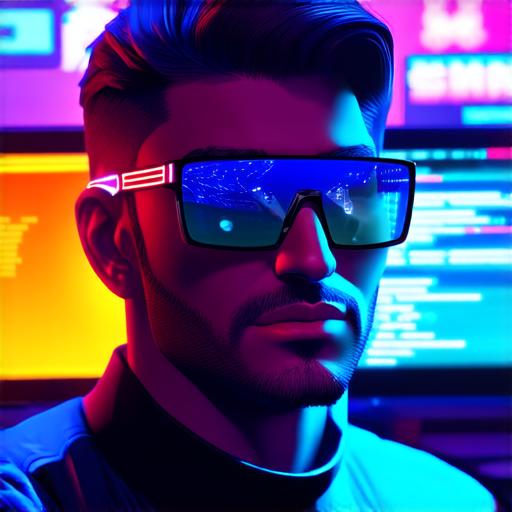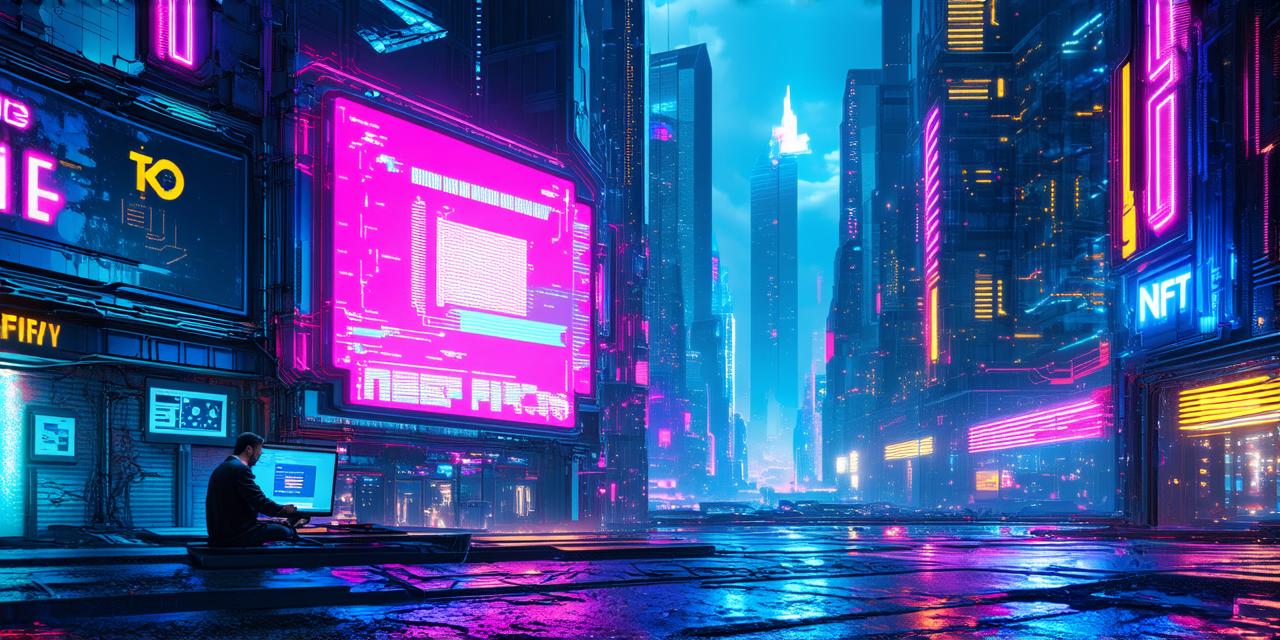Introduction:
NFTs, or non-fungible tokens, have gained significant popularity in recent years. They are digital assets that represent ownership of unique items such as artwork, music, and even sports memorabilia. With the rise of blockchain technology, NFTs have opened up new opportunities for game developers to create engaging and profitable games based on these digital assets. In this article, we will explore how game developers can leverage NFTs to create innovative and captivating games that attract players and generate revenue.
Understanding NFTs:
Before diving into the world of NFT-based games, it’s essential to understand what NFTs are and how they work. An NFT is a digital asset that is unique and cannot be replaced by another item. They are stored on blockchain networks such as Ethereum and can be bought, sold, and traded like traditional assets. NFTs have been used in various industries such as art, music, and sports to create unique digital collectibles that can be owned and traded.
The Benefits of NFT-Based Games:
NFT-based games offer several benefits to both developers and players. Firstly, they allow for the creation of unique and valuable assets that can be traded on a global marketplace. This creates a sense of scarcity and exclusivity, which can attract players and generate revenue. Secondly, NFTs can enable players to own and control their in-game assets, giving them a sense of ownership and control over the game’s economy. Thirdly, NFT-based games can create new revenue streams through the sale and trade of in-game assets.
How to Create an NFT-Based Game:
To create an NFT-based game, game developers need to follow a few key steps. Firstly, they need to decide on the type of game they want to create and the type of NFTs they will use. For example, a sports-themed game could use NFTs representing player cards or team merchandise. Secondly, developers need to create a blockchain-based platform that can store and manage the NFTs. This can be done using platforms like Ethereum, which has built-in support for NFTs. Thirdly, developers need to create a marketplace where players can buy, sell, and trade the NFTs. This can be done using decentralized exchanges or centralized marketplaces like OpenSea.
Case Studies:

Several games have successfully integrated NFTs into their gameplay, providing valuable insights into how to create successful NFT-based games. One example is Cryptokitties, a blockchain-based game that allows players to collect and breed digital cats. The game’s success led to the creation of a multi-billion dollar market for NFT cats, with some rare cats selling for millions of dollars. Another example is Decentraland, a virtual reality game that uses NFTs to represent in-game assets such as land, buildings, and clothing. Players can buy, sell, and trade these assets on the game’s decentralized marketplace.
FAQ:
1. What are NFTs?
NFTs are digital assets that are unique and cannot be replaced by another item. They are stored on blockchain networks and can be bought, sold, and traded like traditional assets.
2. How do NFT-based games work?
NFT-based games allow players to own and control unique in-game assets that can be traded on a global marketplace. This creates a sense of scarcity and exclusivity, attracting players and generating revenue.
3. How do I create an NFT-based game?
To create an NFT-based game, developers need to decide on the type of game they want to create and the type of NFTs they will use. They also need to create a blockchain-based platform that can store and manage the NFTs and create a marketplace where players can buy, sell, and trade the NFTs.
Conclusion:
NFT-based games offer game developers an opportunity to create unique and valuable assets that can be traded on a global marketplace. By leveraging blockchain technology and creating engaging gameplay, developers can attract players and generate revenue.
